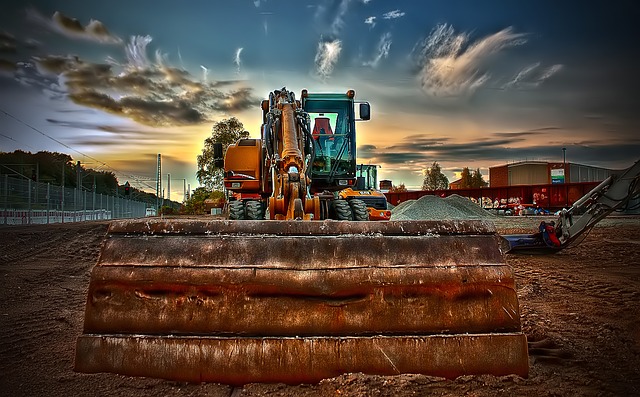While many people are buying homes, others are taking on the huge responsibility of building their own homes from scratch. If you’re building your own home, it’s a good idea to make your home eco-friendly given the constant changes in our environment. Making your home eco-friendly can also save you a lot of money. If you create a green home for you and your family, then you will be passing down the values of maintaining a green lifestyle to the rest of your family. Here are a few tips for building a green home:
Think about the location.
Of course location is one of the most important aspects of choosing a place to live. But while you may have checked out the safety of the area and what the schools are like, you may have forgotten to take into account the environmental implications of the area in which you live. Try not to build a home in an environmentally sensitive location such as an area that is prone to hurricanes, earthquakes or floods. You’ll also want to chose an area with easily accessible public transportation and a local grocery shop not too far away. This will reduce the amount of time you spend in your own vehicle. Lastly, you should avoid building a home that faces to the west. This way, your home will stay cool and will receive minimal sun exposure.
Make sure to properly insulate your home.
One of the most important things you need to consider when building an eco-friendly home is insulation. Heating and cooling typically account for 50% of your home’s energy consumption. The building loses heat via air leaks around windows, doors and duct work. If you don’t properly insulate your home, the heating and cooling will essentially go to waste. Proper insulation will bring down your electricity bills while also reducing your energy consumption.
Install solar panels.
Many people who are looking to go green are turning to solar energy. While the initial cost of solar panels may be high, the long-term savings are tremendous. The amount of power you can collect via the solar panels depends upon the location of your house and way you have constructed your solar panels. When you use solar power, you decrease your energy consumption while also supplying any excess energy to your utility company. Another benefit to using solar power in your home is that the government will often give you grants, incentives and tax breaks.
Use sustainable building materials.
If you want your home to be green, then you need to make sure that the materials you are using are eco-friendly. The building material, the roofing material, the flooring and every other part of your house should be environmentally friendly. It’s a good idea to use reclaimed lumber, or renewable materials like bamboo and linoleum.
Use energy efficient equipment.
Make sure every appliance you choose for your home has an “Energy Star” label. This label signifies that the Environmental Protection Agency (EPA) has deemed that particular product energy efficient. Choosing an “Energy Star” appliance will allow you to save money while also saving the environment.
If you’re building a home, there are a number of ways that you can make sure your home is energy efficient. If you follow these steps, you’ll be helping to make the Earth a cleaner and greener place to live.




